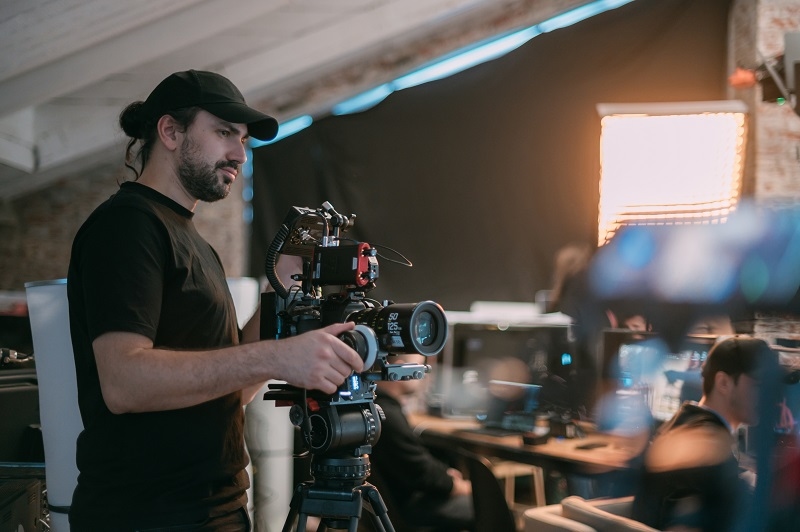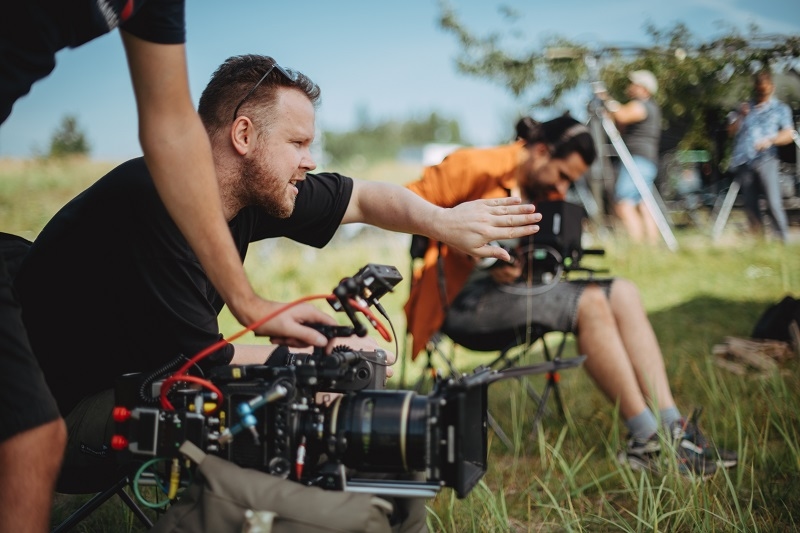
In the era of the internet, smartphones, and instant messaging, photography has emerged as a very potent tool for storytelling. Among all the forms of photographs, documentary photography stands out in its presentation of life as it is really lived, in its own natural, uncomplicated state. Documenting, so far removed from commercial or posed photography, documentary photography is concerned with reality, ethical photojournalism, and relevance to society. It enables documentary photographers to present such storytelling through photos that touch people so deeply by capturing real life.
Documentary photography is primarily dedicated to the conveyance of reality, events, and seconds of everyday life in an effective visual presentation. Photography that tries to depict reality as such, unposed and unmanipulated. Its purpose is not purely visual, however; it is informative, suggestive, and transformative. From the battlefields of war to the group photo or the daily routine of everyday life, documentary photography attempts to fix these moments in the general visual record of society by capturing real life.
Even with the work of many a photographer, documentary photography requires strict adherence to narrative, patience, and ethical as well as contextual foundations. It is not merely photographing but telling something that energizes the imagination of the viewer and sheds light on the subject.
One of the greatest strengths of documentary photography is that it can tell stories in images. Words can tell stories, but not nearly as well as inspire sympathy, context, and nuance.
Whether photographing a social revolution, ecological change, or simply the way people live each day, photo storytelling is central to great and successful documentary photography.
Ethics are paramount in documentary photography. Moral photojournalism attempts to depict the subject truthfully, respectfully, and genuinely without exploiting them.
Ethics are more likely to happen in sensitive situations, i.e., combat zones and human tragedy, and integrity is therefore the cornerstone of good documentary photographs.
While documentary photography is tilted towards reality and not art, composition in documentaries is important. Good composition guides the viewer's eye, communicates crucial information, and assists in telling a story.
Compositional skill makes mundane scenes tell extraordinary visual stories that captivate the viewer.
Documentary photography's living document is the cultural photo essay. They record traditions, rites, celebrations, and everyday life in a community and tend to respond to cultural diversity and social life.
Document photographers are able to provide us with peeks into lives they may never get to experience for themselves through cultural photo essays.

In order to succeed in documentary photography, one should be properly equipped and skilled.
A mix of technical skills and storytelling vision allows photographers to excel at documentary photography, communicating good stories in pictures.
Online media has revolutionized documentary photography into a more expansive and globalized genre.
By using digital media sensibly, photographers can best maximize the potential of their documentary photography and set up ethical photojournalism.
Others have established the base for documentary photography by their dedication to truth and storytelling.
Their images are the essence of storytelling through photos, illustrating just how photographs can inform, elicit emotion, and inspire the viewer. They are then trailed by current photographers, going into worldwide challenges, cross-cultural challenges, and ecological challenges.
Through their trail, young documentary photographers can learn the significance of composition in documentaries, its ethical significance, and the ability to relate good stories that cover different cultures and generations.
Cultural visual stories and photo essays also help in creating empathy and understanding in increasingly globalized communities. Capturing everyday life, photographers ask the viewer to enjoy a window through which to see the world introspectively and honestly. When untruth is able to move so easily, documentary photography is a photographic witness that records facts and testifies to the virtue of truth.
Perhaps do a short photo essay on a cultural holiday in your local community, capturing the people, environment, and interaction. Be true, never falsifying subjects but always with respect for them. With practice, you will become better at capturing reality and communicating through images with image storytelling, and you can go ahead to make meaningful contributions towards documentary photography.
Documentary photography is not a genre; documentary photography is a tool with the power to communicate, inform, and report. Through the tool, photographers are able to reveal truths, provide experiences, and document histories. By employing pictorial narrative, application of moral photojournalism principles, mastery of composition in documentary photography, construction of cultural photo narratives, and representation of everyday life, photographers are able to tell engaging stories that resonate with the audience and make an indelible mark.
For anyone who is interested in speaking pictorially about a story, documentary photography offers the vehicle through which to explore humanity, society, and culture in a way only recently possible through words. A single photograph can be a story, provoke sympathy, and be a call to action. We remember when we are witness to the power of actual images, and as photographers, we have the duty of reflecting the world responsibly, seriously, and imaginatively.
This content was created by AI